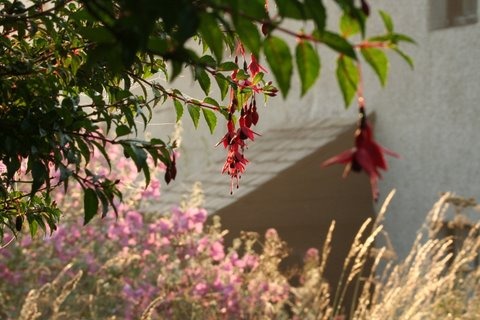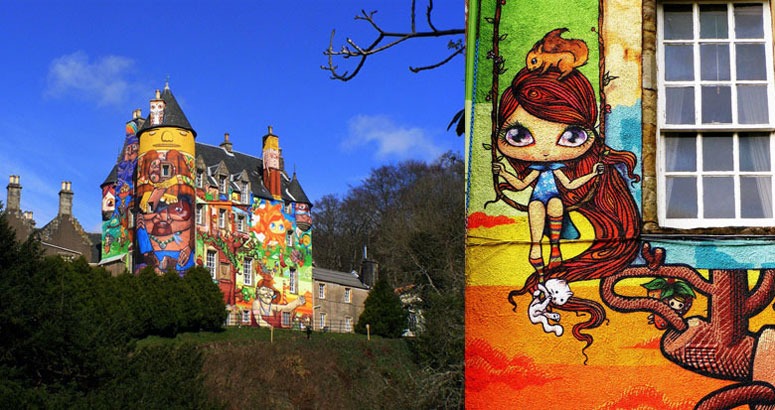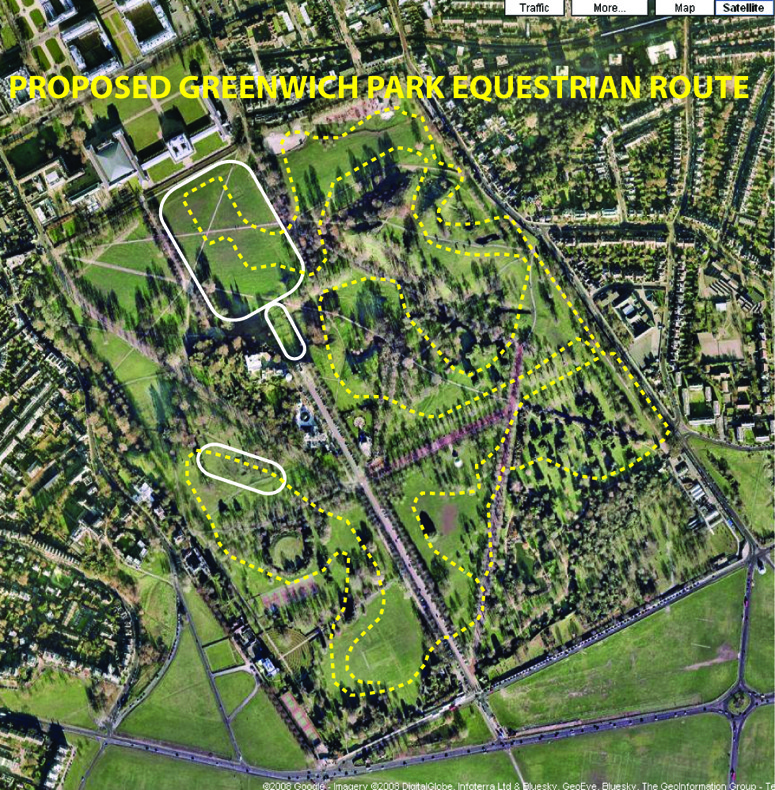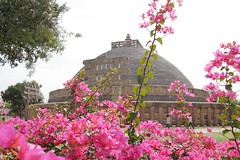With Top Ten lists becoming  popular, we thought Gardenvisit.com should have a list of the world’s ten best gardens. But how should it be compiled? Democracy or autocracy? Here are the democratic results: top ten gardens generated from our garden reviews and rating system. But Winston Churchill said: “Democracy is the worst form of government, except for all those other forms that have been tried from time to time.” ( 11. 11, 1947)
popular, we thought Gardenvisit.com should have a list of the world’s ten best gardens. But how should it be compiled? Democracy or autocracy? Here are the democratic results: top ten gardens generated from our garden reviews and rating system. But Winston Churchill said: “Democracy is the worst form of government, except for all those other forms that have been tried from time to time.” ( 11. 11, 1947)
So let’s try autocracy: here is Tom Turner’s Top Ten Gardens List, which you can think of a list of the gardens which should be, like the Temple of Abu Simbel, if rising waters were going to flood all the world’s best gardens, by which I mean those which would disappear when the Vale of Kashmir, and Shalimar Bagh, were submerged by global warming. The gardens are in no particular order:
- Katsura Imperial Villa
- Versailles
- Villa Lante
- Villa d’Este
- Queen Hatshepsut’s Temple
- Stourhead Landscape Garden
- Yuyuan Garden
- Taj Mahal Garden
- Sigiriya
- Hidcote Manor Garden
If I had been to Columbus Indiana I think I would include the garden of the Miller house, though I do not know what I would delete from the list. So which is best: democracy or autocracy? – and would readers like to suggest changes to the list?





